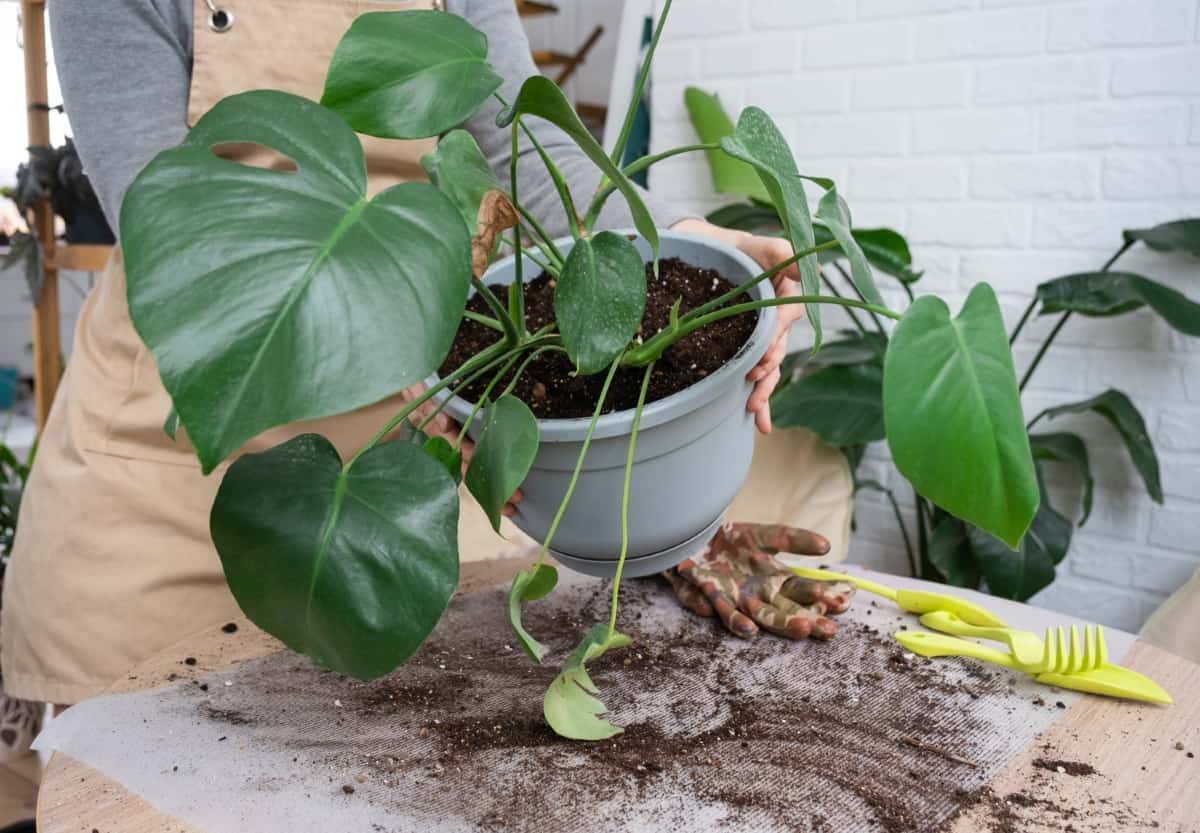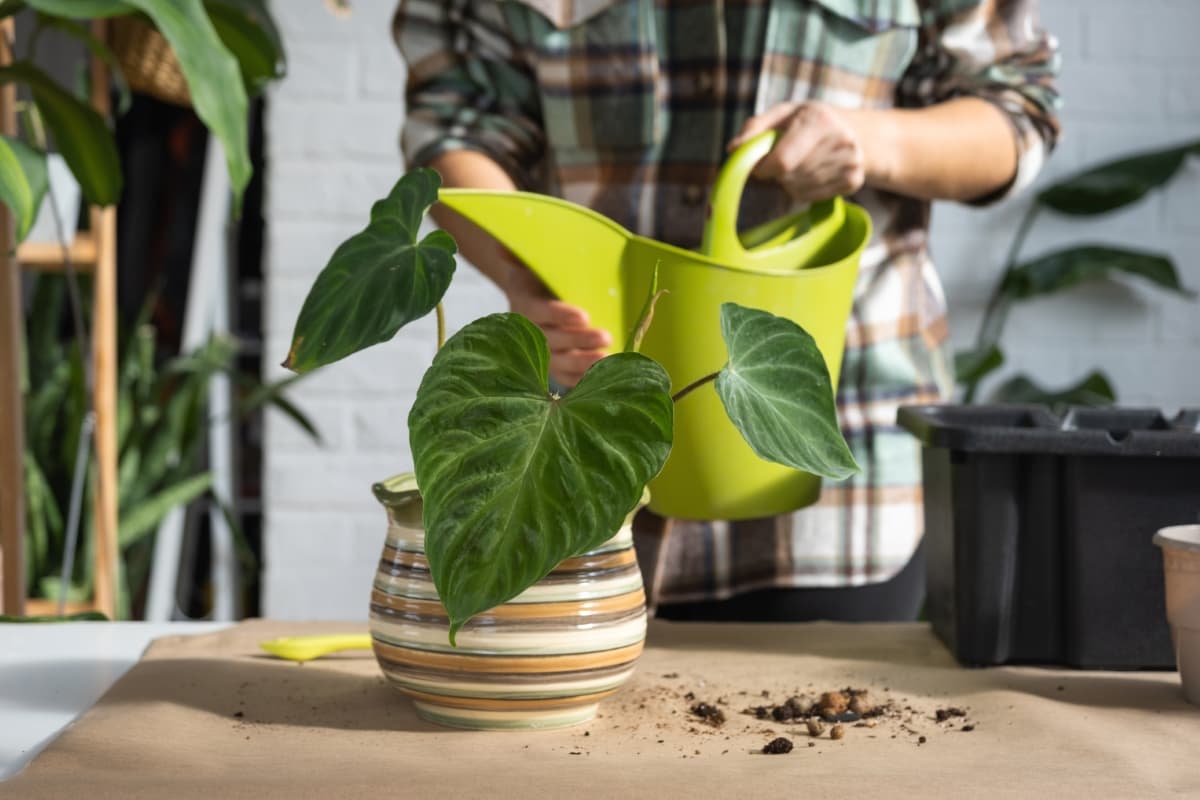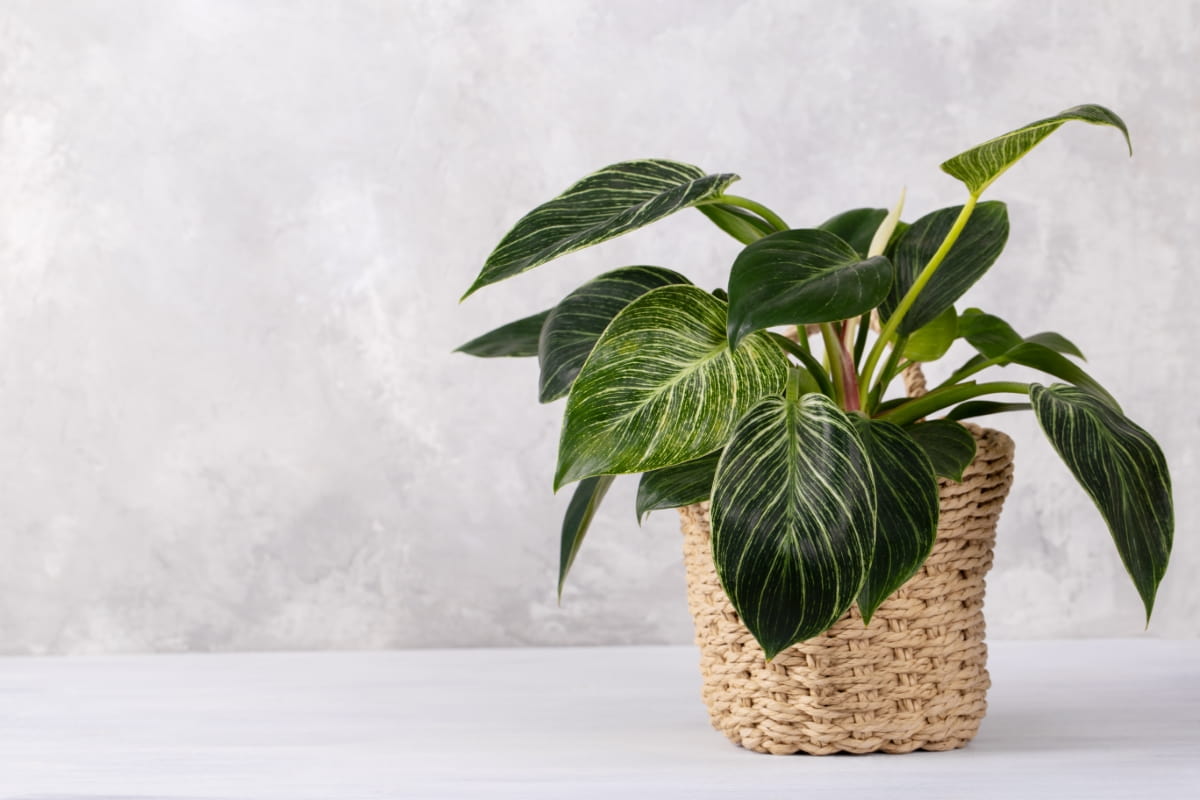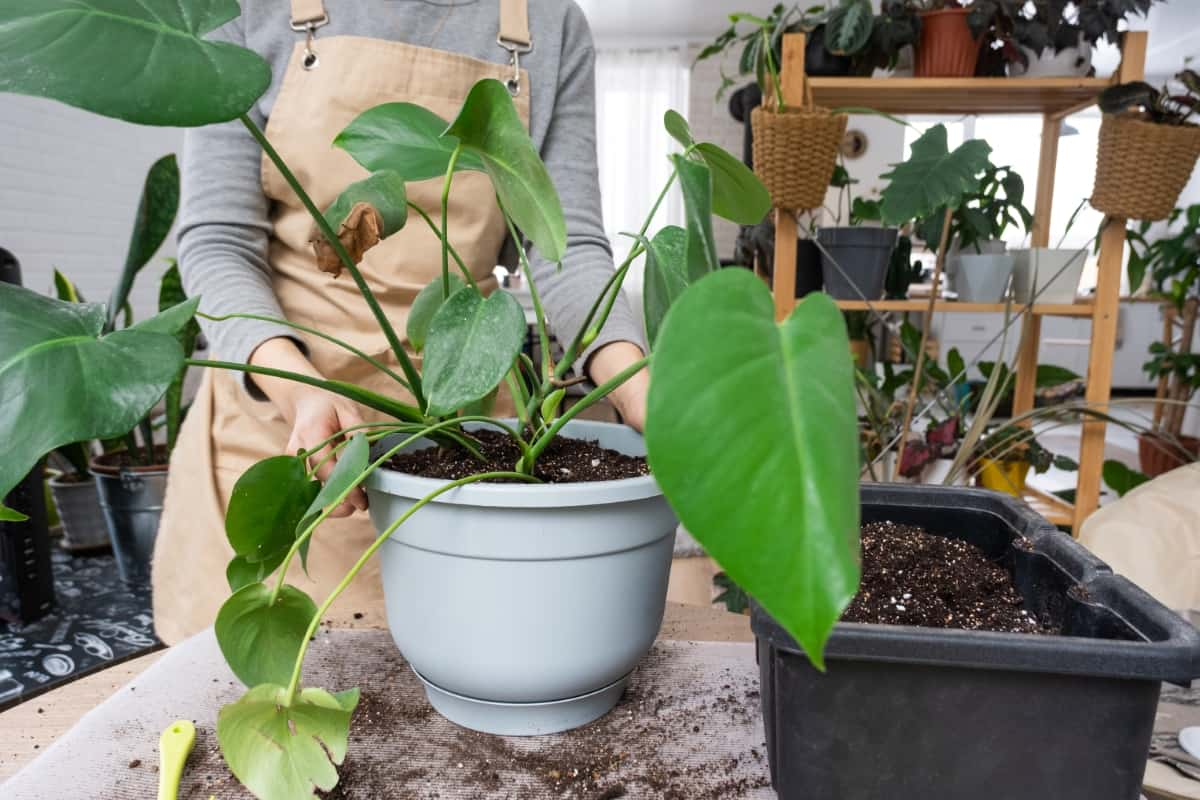Mastering Philodendron care involves understanding effective management strategies for common pests and diseases. Proactive measures are key to battling spider mites and mealybugs, as well as bacterial infections and fungal diseases. Implementing organic pest control methods and regular maintenance routines can help prevent infestations and promote plant health.

Identifying pests early on and employing natural remedies like neem oil and insecticidal soap can aid in eradication. With a focus on eco-friendly practices and diligent care, you can ensure thriving indoor Philodendron plants.
Management of Philodendron Pests and Diseases
Introduction to Philodendron Care
Philodendrons are popular houseplants known for their lush foliage and easy maintenance. However, like any other plant, they can be susceptible to pests, diseases that can hinder their growth and overall health.
Understanding Philodendron Species
Before delving into pest and disease management, it is essential to have a basic understanding of philodendron species. There are numerous philodendron varieties, each with its specific care requirements. By familiarizing yourself with the specific species you are growing, you can provide the ideal growing conditions that will help prevent pests and diseases.
Ideal Growing Conditions to Prevent Pests and Diseases
Creating optimal growing conditions is crucial in preventing pests and diseases in philodendron plants. Providing adequate light, temperature, humidity, and well-draining soil can reduce the risk of infestations and infections. Additionally, maintaining proper air circulation and avoiding overwatering can help promote healthy growth and prevent the development of fungal diseases.
Common Pests in Philodendron Plants
Aphids, spider mites, and mealybugs are among the most common pests that affect philodendron plants. These tiny insects can cause significant damage by feeding on the plant’s sap or by transmitting diseases. Identifying these pests and implementing appropriate control measures is vital for the plant’s overall health.
Philodendron Diseases
In addition to pests, philodendrons are susceptible to various diseases, including root rot, leaf spot disease, and bacterial blight. These diseases can cause wilting, discoloration, and deterioration of the plant. Understanding the symptoms and implementing timely treatment strategies is key to combating these diseases effectively.
Integrated Pest Management (IPM) for Philodendrons
Integrated Pest Management is an approach to pest and disease control that combines cultural practices, biological control methods, and chemical control when necessary. This approach minimizes harmful chemicals and focuses on long-term prevention and sustainable management.
Cultural Practices
Implementing cultural practices like proper sanitation, regular pruning, and maintaining a clean growing environment can reduce the risk of pests and diseases. Removing dead leaves, debris, and weeds can eliminate potential hiding places for pests and minimize disease spread.
In case you missed it: Management of Norfolk Island Pine Pests and Diseases

Biological Control Methods
Biological control methods involve introducing natural predators or beneficial organisms to control pests. Ladybugs, predatory mites, and nematodes are examples of beneficial insects that can help control common philodendron pests. By maintaining a balanced ecosystem, you can reduce pest populations naturally.
Chemical Control
While chemical control should be used as a last resort, it can be effective in managing severe infestations or diseases. Selecting the appropriate chemical treatment and following application guidelines is crucial to minimize harm to the plant and the environment.
Preventative Measures Against Pests and Diseases
Regular monitoring and early detection techniques are essential for preventing pest and disease outbreaks. Regularly inspecting the plant’s symptoms of infestation or infection allows for early intervention, minimizing potential damage. Additionally, quarantining new plants before introducing them can prevent the spread of pests or diseases.
Optimal Watering Practices to Avoid Disease
Overwatering can cause root rot, other fungal diseases in philodendrons. Understanding the plant’s water requirements and allowing the soil to dry out between waterings help prevent these issues. It is crucial to water philodendrons thoroughly but avoid waterlogged conditions.
Organic Solutions for Pest and Disease Control
For those who prefer organic methods, several options can effectively control pests and diseases in philodendrons. Encouraging natural predators, using homemade pesticides, and employing neem oil and soap sprays are effective organic solutions that minimize harm to the environment.
Chemical Treatment Options
Chemical treatments may be necessary in situations where pests or diseases are persistent. Selecting the right chemical treatment based on the specific pest or disease is crucial to ensure effectiveness. It is also essential to follow instructions and safety guidelines when using chemical treatments.
In case you missed it: Management of Cricket Insects: Controlling Cricket Pests in the Garden

Recovery and Rehabilitation of Infested Philodendrons
If your philodendrons become infested or infected, taking prompt action can help revive damaged plants. Steps such as pruning affected parts, improving cultural practices, and providing appropriate care can aid in the plant’s recovery.
Post-Treatment Care and Monitoring
After implementing pest or disease control measures, it is important to continue monitoring the plants for any signs of recurrence. Maintaining optimal growing conditions and practicing good hygiene will help prevent reinfestations or reinfections.
When to Repot or Discard Infected Philodendrons
In severe cases where the plants are extensively damaged or infected, repotting or discarding the affected philodendrons may be necessary. This prevents the spread of pests or diseases to other plants in your collection.
Advanced Techniques in Pest and Disease Management
Soil sterilization and the use of growth regulators can be beneficial for those looking to explore advanced techniques in pest and disease management. Soil sterilization eliminates pathogens and pests, while growth regulators boost plant immunity, making them more resistant to future infestations and infections.
Innovations in Biological Pest Control
Advancements in biological pest control have led to the development of innovative solutions. Beneficial nematodes, predatory insects, and microbial-based biopesticides are among the cutting-edge tools that can effectively control pests in philodendrons.
In case you missed it: Moringa Disease Management: 100% Effective Treatment and Control Methods

Conclusion
By understanding the various pests and diseases that can affect philodendrons and implementing effective control, treatment, and prevention strategies, you can ensure the health and vitality of your plants. Remember to approach the specific philodendron species and regularly monitor and adjust your practices as needed. With proper care and management, philodendrons can thrive and bring beauty to your indoor or outdoor spaces.
- Beneficial Insects in Pest Management
- Natural Solutions for Pest Control in Flower Gardens
- Types of Fungicides Used in Agriculture
- Common Issues in the Fruit Development Stage of Pomegranate Farming
- Fruit Development Issues in Papaya: Easy Solutions and Treatment
- Soil-Borne Diseases and How to Protect Your Plants
- Practices to Prevent Disease Spread in the Garden
- From Wilted to Thriving: How to Treat Root Rot Naturally in Houseplants
- Natural Remedies to Cure Brown Spots on Fig Tree Leaves